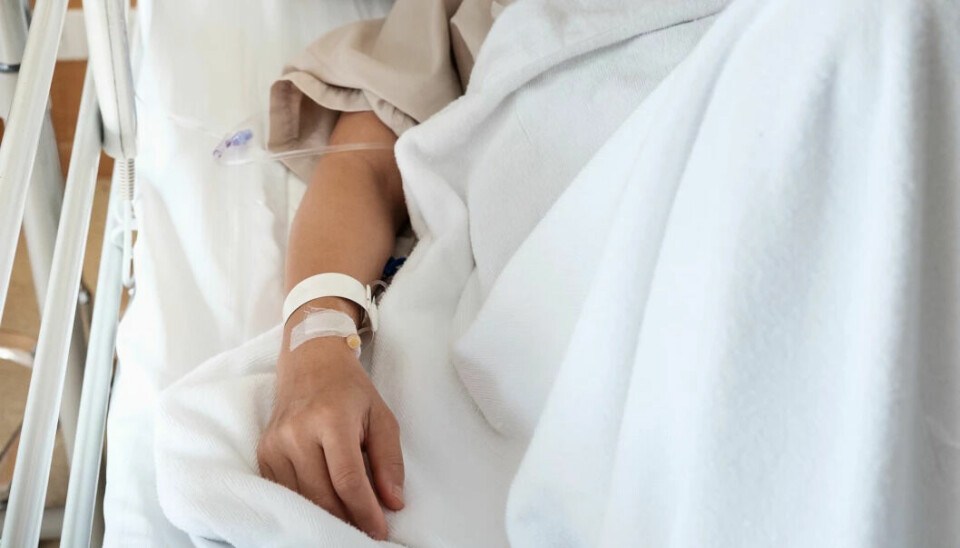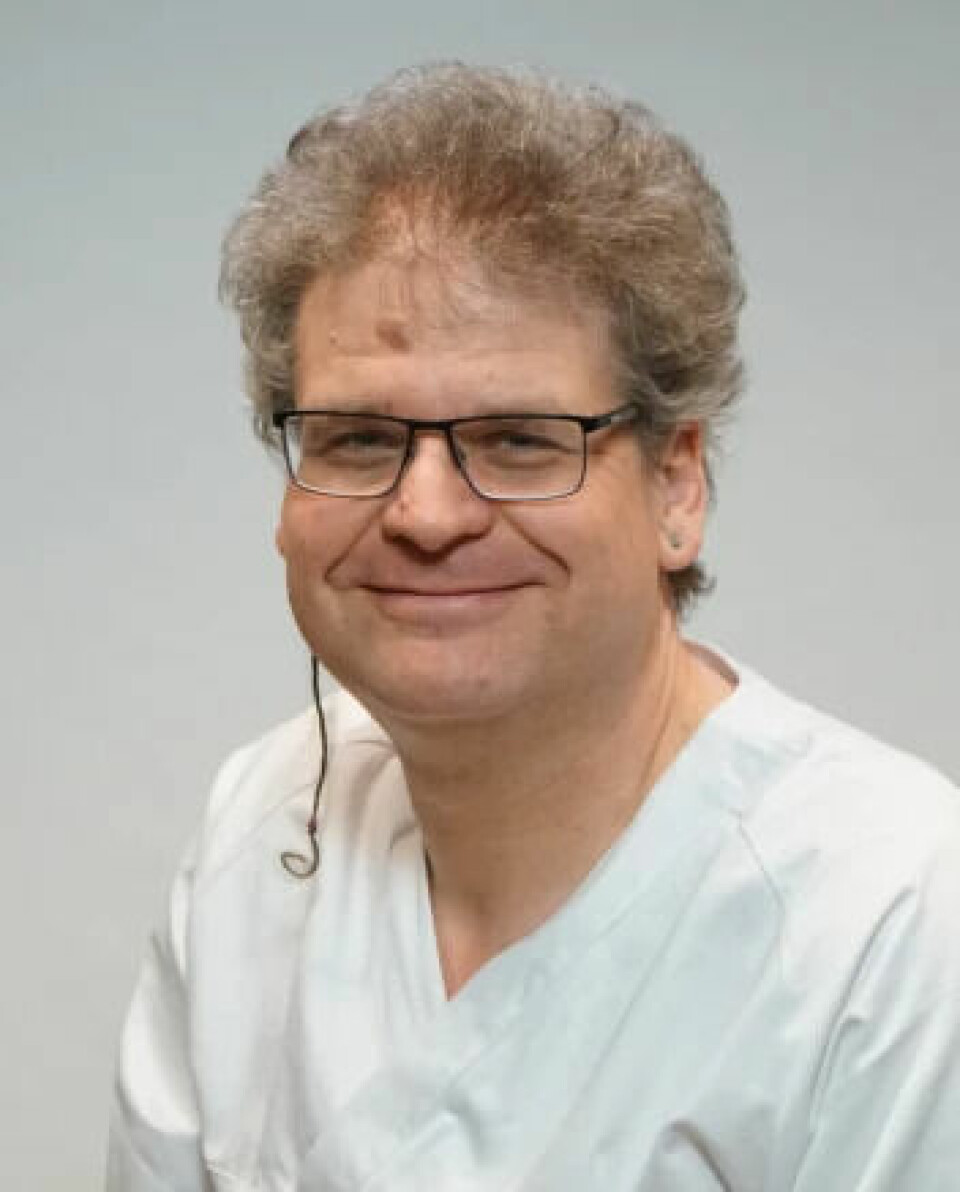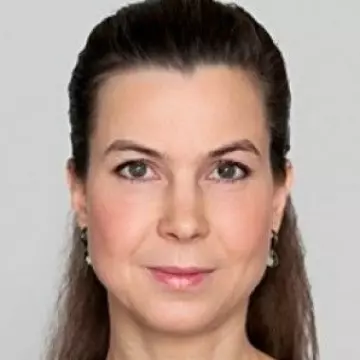
Patients with locked-in syndrome are completely paralysed but conscious. New research shows that most of them improve over time
A patient with locked-in syndrome can see, hear, and think but cannot swallow, speak, or move. Researchers at Sunnaas Rehabilitation Hospital have now investigated how these patients are doing.
Fortunately, this condition is very rare.
However, up to two or three new patients with locked-in syndrome (LIS) arrive at Sunnaas Rehabilitation Hospital each year. Due to its rarity, a national rehabilitation programme has been established there.
Most of the patients admitted have suffered a brainstem stroke, affecting the areas that connect the brain to the spinal cord.
This can lead to partial or complete paralysis of the body.
In some cases, these paralysis symptoms may improve after a few days. However, when the condition persists for over six weeks, the patient is transferred to Sunnaas Rehabilitation Hospital.
Communication through eye movements
Frank Becker is a senior consultant at Sunnaas Rehabilitation Hospital and associate professor at the University of Oslo. He and his colleagues have extensive experience in communicating with people who are trapped in a body they cannot control.
“The patients can usually blink and move their eyes to some extent,” he says.

This can be used as a form of communication. Blinking, however, is not used commonly used because it may be difficult to determine if the patient is trying to convey something or just has dry eyes. Eye movements are useful.
Doctors ask the patient to perform specific eye movements on request. For example, you can agree that looking up means ‘yes’ if it works consistently.
“Using this method, doctors can ask questions and get responses. Then they have come one step further,” he says.
Some patients may also have some control over specific body parts. They might be able to slightly move a finger or their head, which can be used in a similar manner.
Communication tools and devices
The medical team at Sunnaas can use this form of communication to assess the patient's cognitive function.
Over time, they can find assistive devices that make it much easier to communicate.
“There are eye-pointing boards and sophisticated computers that can be controlled by eye movements or forehead movements,” Becker says.
Typically, patients stay at Sunnaas for two to three months for rehabilitation.
During their stay, patients receive help from various professionals, including doctors, nurses, psychologists, physiotherapists, occupational therapists, social workers, speech therapists, and special educators specialising in so-called alternative and augmentative communication.
Preparations for life after rehabilitation
The goal is to improve their function as much as possible and find ways for them to participate and manage parts of their daily life. After the rehabilitation period, patients return to their own municipalities.
Some patients end up in nursing homes, while others live at home with support from healthcare personnel.
Becker and the team at Sunnaas help to prepare the patient, their family, and the local team to build a suitable local support system.
But what happens in the years following? Do the patients continue to be locked in their bodies, or do improve? Researchers at Sunnaas have tried to find out more about this.
Many show some improvement
The researchers analysed data from 51 patients who were followed for up to 44 years.
The majority of them still needed substantial assistance in their daily lives. However, most of them experienced some degree of improvement.
There were significant differences among the patients. Three participants in the study actually fully recovered, while one did not experience any improvement. The rest fell somewhere in between.
Becker explains that 23 individuals regained enough function in their bodies or communication abilities that they were no longer considered locked-in.
“Some could, for example, regain some movement in their arms or legs or some ability to speak,” he says. “Interestingly, these improvements were not limited to the initial period after the injury but could occur several years later as well.”
He explains that even small improvements can mean a lot for their quality of life. Perhaps it becomes possible to drive your own wheelchair or communicate with your own voice.
Unexpected brain injuries
The researchers also made another discovery. It turned out that 80 per cent of the patients not only had damage in the specific area of the brainstem but also in other parts of the brain.
“This was an unexpected finding,” Becker says.
He believes it is particularly interesting that those with fewer such injuries had a better chance of recovering from locked-in syndrome.
“This is important because it can provide insights into the prognosis for new patients,” the researcher says.
Examining injuries on other areas of the brain can help predict the chances of improvement.
Valuable Norwegian data
Becker believes the study contributes new knowledge in an area where little was known before.
There haven't been many long-term studies on this extremely rare condition. Moreover, the data collected from Sunnaas is very detailed. It is also an advantage that all individuals with locked-in syndrome in Norway end up in the same place increases the likelihood that the findings are generalisable to the entire population with this condition, rather than just a selected group.
The researchers will continue to use the data in various studies, such as investigating the patients’ quality of life and their ability to make decisions about their own lives.
———
Translated by Alette Bjordal Gjellesvik.
Read the Norwegian version of this article on forskning.no
Reference:
Nilsen et al. Demographic, Medical, and Clinical Characteristics of a Population Based Sample of Patients With Long-lasting Locked-in Syndrome, Neurology, 2023. DOI: 10.1212/WNL.0000000000207577
































